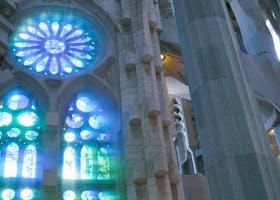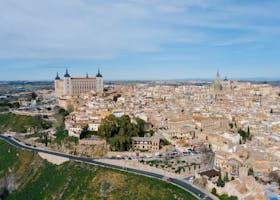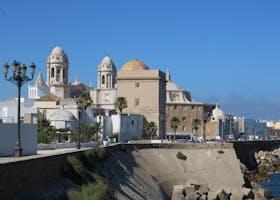Top 10 Must-Visit Attractions in Seville: Discover the Heart of Andalusia
Posted on June 3, 2024 • 13 minutes • 2580 words
Table of contents
Are you ready to dive into the vibrant heart of Andalusia? Seville, with its sun-kissed plazas, enchanting history, and irresistible charm, welcomes travelers to discover its treasures. While spring, adorned with the intoxicating scent of orange blossoms and the lively streets during the Feria de Abril, is often hailed as the perfect time to visit, Seville’s magic doesn’t fade with the calendar. This enchanting city offers something spectacular year-round, from the crisp, clear winter days perfect for leisurely explorations to the warm, lively nights of summer that invite you to dance and dine under the stars.
In this guide, we’ll unveil the top 10 must-visit attractions that make Seville a bucket-list destination for any traveler. From the majestic grandeur of the Alcázar to the bustling life of the Triana district, get ready to explore the corners of Seville that pulse with the heartbeat of Andalusia. Whether you’re a history buff, an art lover, a foodie, or simply in search of the next beautiful moment, Seville’s open arms have something to offer. Join us as we embark on a journey through the top reasons why Seville continues to capture the hearts of visitors from around the globe.
10 best things to see in Seville
10. Casa de Pilatos
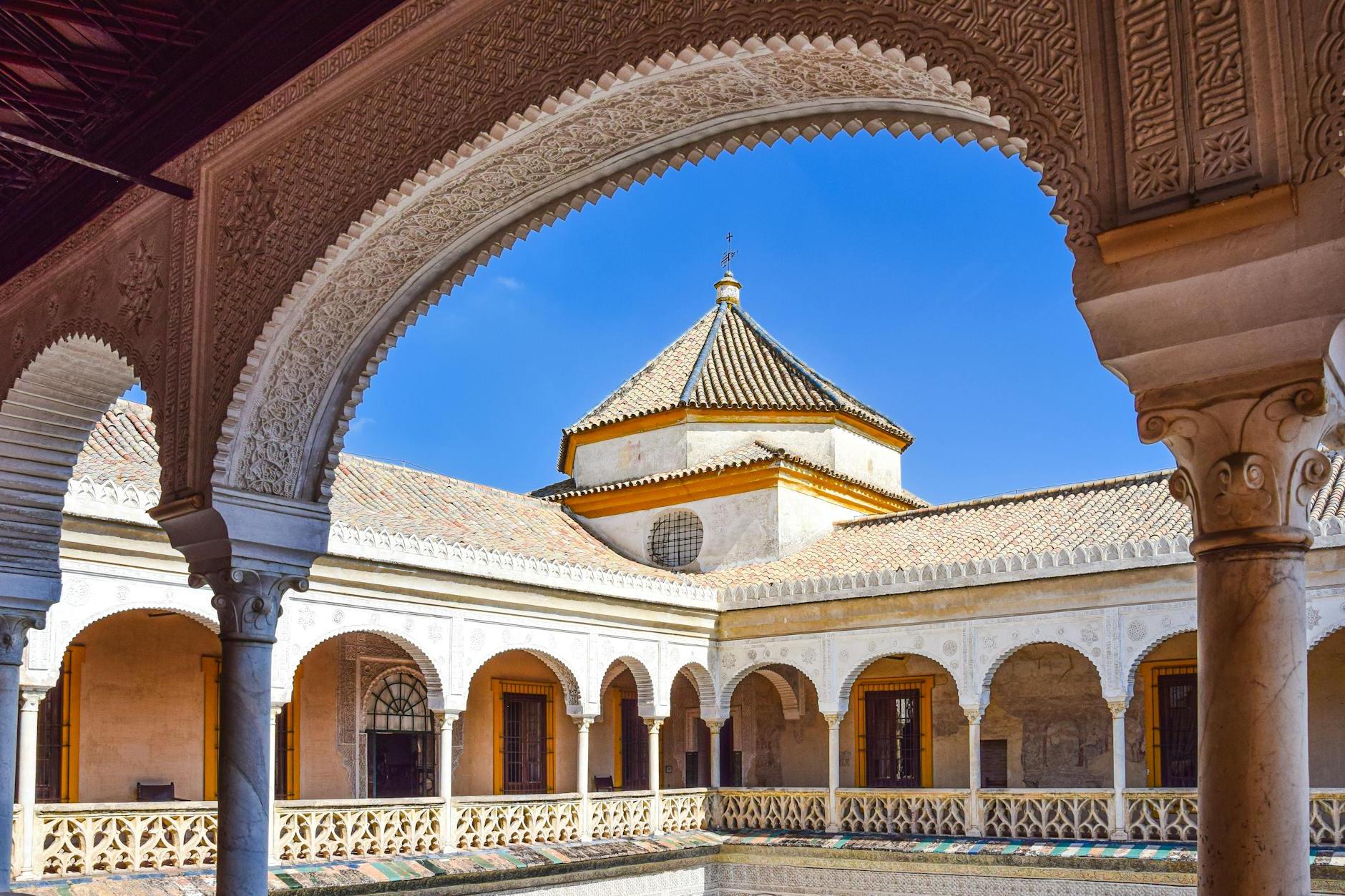
When you’re exploring the enchanting city of Seville, make sure to add Casa de Pilatos to your itinerary. This stunning example of Andalusian architecture, blending Renaissance and Mudéjar styles, is a feast for the eyes. Getting there is easy; it’s located in the historic center, just a short walk from the Seville Cathedral. You can also hop on a bus or take a taxi if you’re coming from further away. The palace itself, with its beautiful courtyards, intricate tile work, and lush gardens, offers a peaceful escape from the hustle and bustle of the city. Pay special attention to the detail in the craftsmanship throughout the property – from the ceilings to the floors, every inch tells a story of Spain’s rich cultural heritage. Don’t miss the chance to see the blend of cultures and histories that Casa de Pilatos encapsulates; it’s a unique sight in Seville that truly shouldn’t be missed.
9. Centro Andaluz de Arte Contemporáneo
If you find yourself wandering through the vibrant city of Seville, a visit to the Centro Andaluz de Arte Contemporáneo (CAAC) is a must, especially for art enthusiasts. Nestled within the stunning confines of the Monasterio de la Cartuja, this contemporary art museum merges history with modern artistic expression, offering a fascinating insight into Andalusian and international contemporary art. Getting there is a breeze – you can hop on a bus, ride a bike, or even enjoy a scenic walk along the river. Once you’re there, pay special attention to the building itself, a magnificent piece of historical architecture that tells stories from centuries past. The CAAC’s garden is another highlight, offering a serene escape with sculptures that pepper the landscape, providing a unique backdrop to your visit. Make sure to check the schedule for temporary exhibitions and events, as the museum is renowned for its dynamic and engaging programming.
8. Hospital de los Venerables
If you find yourself wandering through the charming streets of Seville, you must consider adding the Hospital de los Venerables to your must-see list. Nestled in the heart of Barrio Santa Cruz, this hidden gem is more than just a former hospice for priests; it’s a breathtaking example of Baroque architecture. To get there, simply lose yourself in the narrow, winding alleyways of the old Jewish quarter. Follow the signs, or use your navigation app to guide you to this quiet sanctuary away from the bustling city life. Once inside, pay special attention to the stunning frescoes adorning the ceilings, painted by Juan de Valdés Leal and his son Lucas Valdés. The sun-drenched central courtyard, with its elegant arches and serene atmosphere, is a perfect spot for reflection. Don’t miss the chance to explore the art gallery housed within, featuring works from the Golden Age of Sevillian painting. Visiting the Hospital de los Venerables not only offers a feast for the eyes but also a peaceful retreat where the beauty of art and architecture transports you to another era.
7. Plaza de Toros de la Maestranza
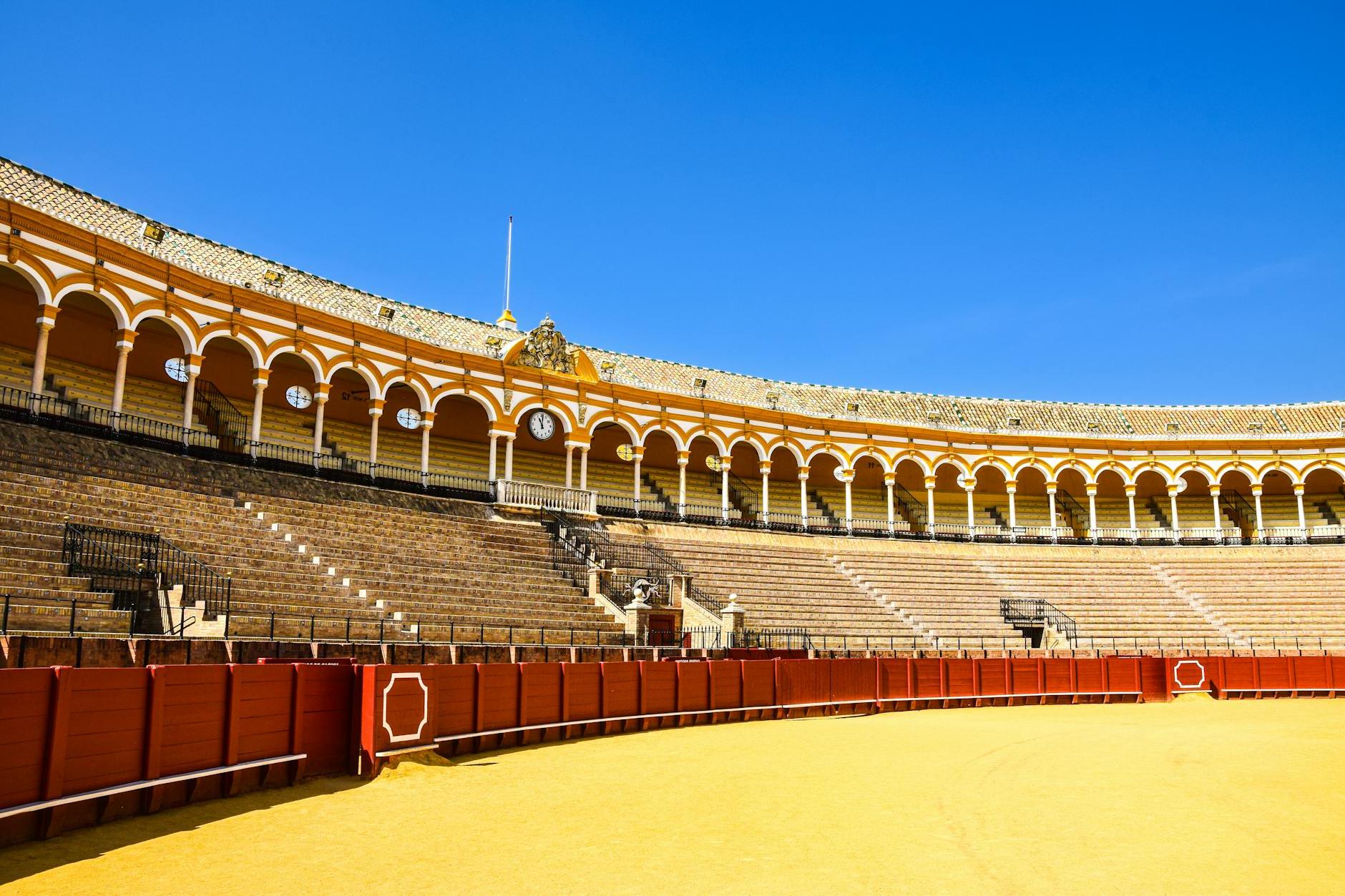
When in Seville, you certainly shouldn’t miss out on visiting the iconic Plaza de Toros de la Maestranza. This bullring stands as a testament to Spain’s rich cultural heritage and is one of the oldest and most significant bullfighting arenas in the world. To get there, simply head to the El Arenal district, which is easily accessible by foot from Seville’s city center or via public transport. Once there, be sure to pay attention to the architecture that tells tales of history and tradition, dating back to the 18th century. The bullring houses a fascinating museum that showcases costumes, posters, and other memorabilia, offering a deep dive into the world of Spanish bullfighting. Whether you’re a fan of the sport or not, the Plaza de Toros de la Maestranza provides an unparalleled glimpse into a piece of Spain’s soul.
6. Torre del Oro
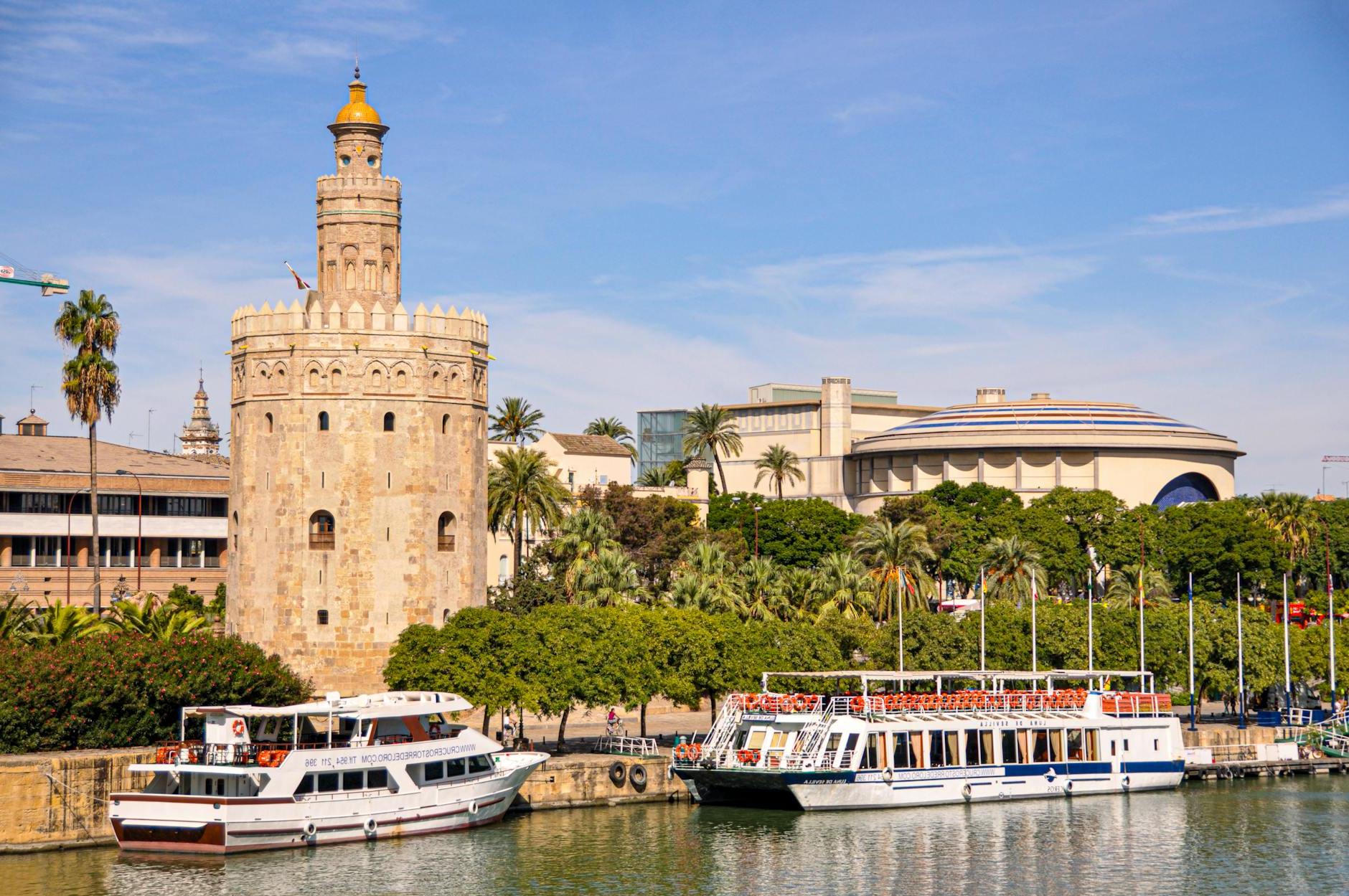
If you’re planning to explore Seville, you must not miss visiting Torre del Oro, an iconic watchtower that boasts a rich history and spectacular views of the Guadalquivir River. This Moorish landmark is not only a treat for history buffs but also for those who appreciate stunning architecture and panoramic vistas. Getting there is easy - Torre del Oro is centrally located and accessible on foot from many parts of the city, or you can catch a bus or tram to the nearby stops. While you’re there, pay close attention to the tower’s unique dodecagonal (12-sided) structure, which is especially beautiful at sunset when the tower seems to glow, living up to its name “Tower of Gold.” Don’t forget to climb to the top for a breathtaking view of Seville and to explore the maritime museum housed inside, where you’ll learn about Seville’s naval history. This visit will undoubtedly enrich your experience of the city!
5. Metropol Parasol
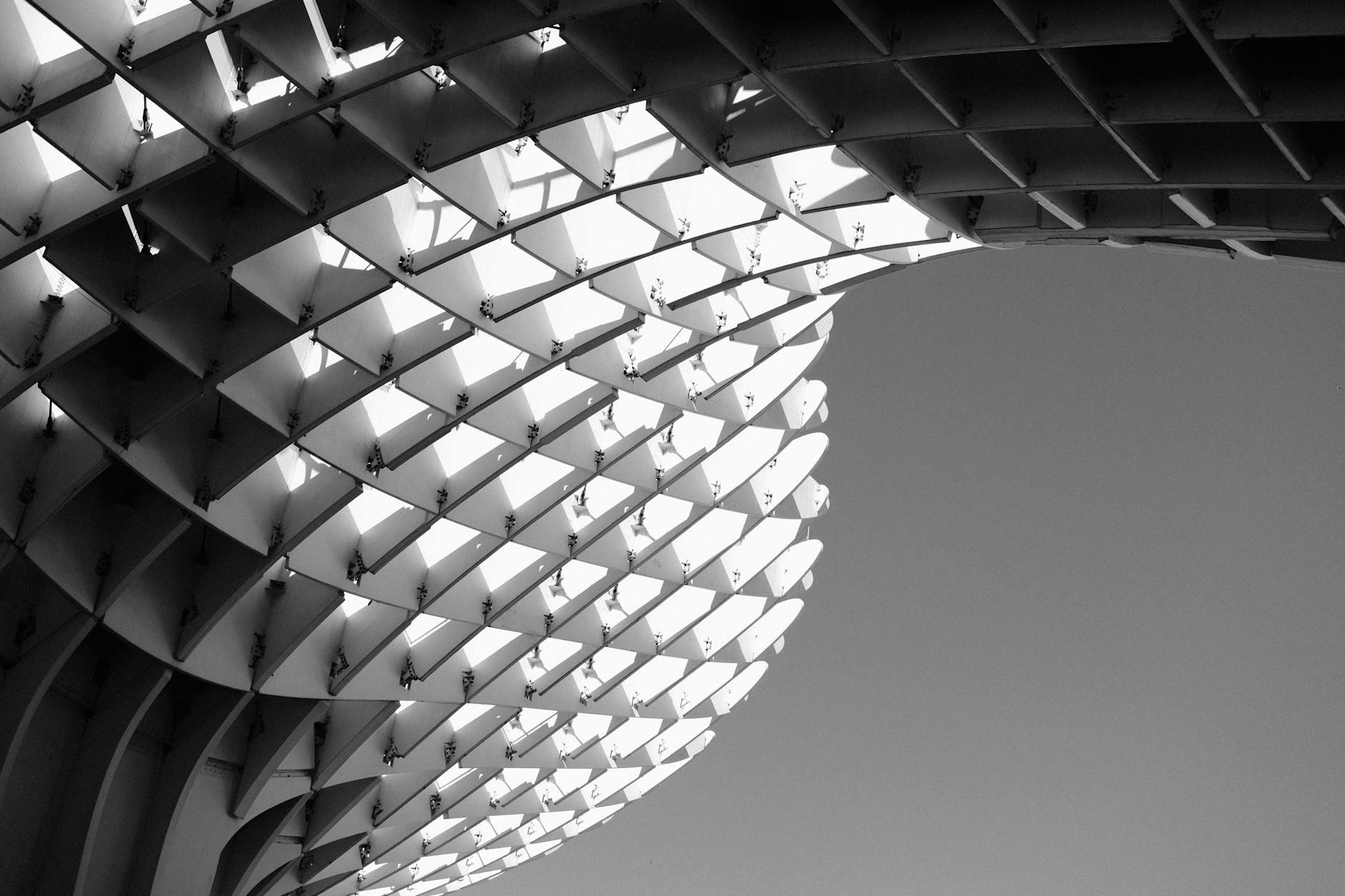
If you’re exploring Seville, don’t miss out on experiencing the Metropol Parasol, famously known as “Las Setas” or “The Mushrooms” because of its unique, modern design that starkly contrasts with the city’s historic ambiance. Standing in the heart of Seville, in La Encarnación square, this wooden structure is one of the largest of its kind in the world. It’s not just about the impressive architecture; the Parasol offers an amazing panoramic view of the city from its winding walkways and a glimpse into ancient Roman history through the Antiquarium, located in the basement. You can easily get there by foot while wandering the city’s charming streets, or by public transport - just hop off at the Encarnación tram stop. While there, pay special attention to the sunset from the top walkway; it’s a magical experience as the city shifts colors beneath you. Whether you’re an architecture lover, a history enthusiast, or simply in search of the perfect city view, Metropol Parasol is a stop you’ll want to include in your Seville journey.
4. Parque de María Luisa
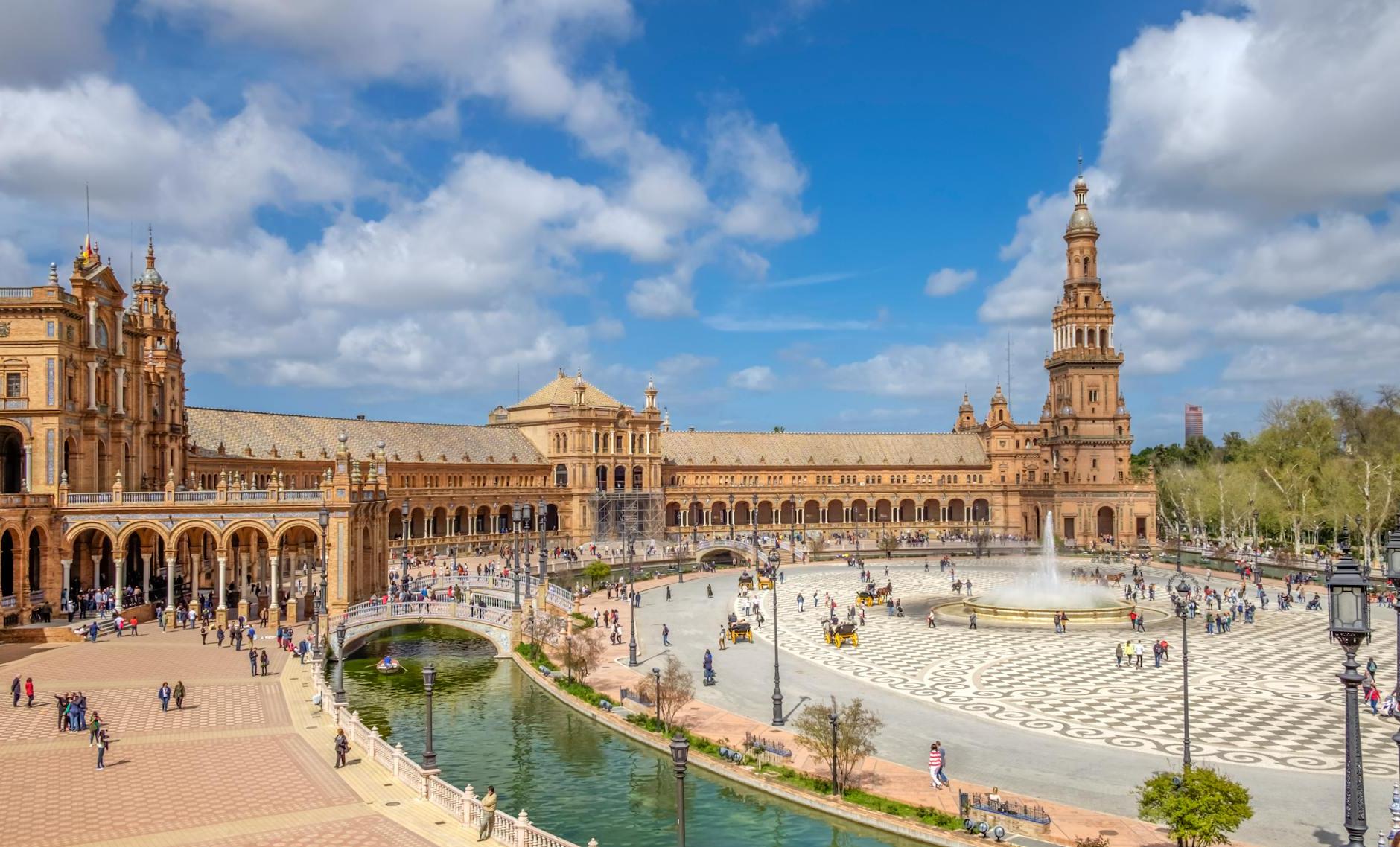
When you’re in Seville, don’t miss the chance to visit Parque de María Luisa, the city’s most famous park. This beautiful sanctuary is not just a place to escape the hustle and bustle of the city but a treasure trove of history and culture. To get there, you can easily walk from the city center or take a tram to the Prado de San Sebastián stop, which is just a short walk away. Once inside, pay special attention to the Plaza de España, an architectural wonder that combines elements from the Renaissance and Moorish styles. With its majestic buildings, tiled alcoves representing each of Spain’s provinces, and the canal where you can rent a boat, it’s a highlight you won’t want to miss. The park also boasts lush avenues, peaceful ponds, and vibrant gardens, making it perfect for a leisurely stroll or a picnic. So, for a slice of Seville’s natural beauty and historical splendor, a visit to Parque de María Luisa is a must.
3. Catedral de Sevilla
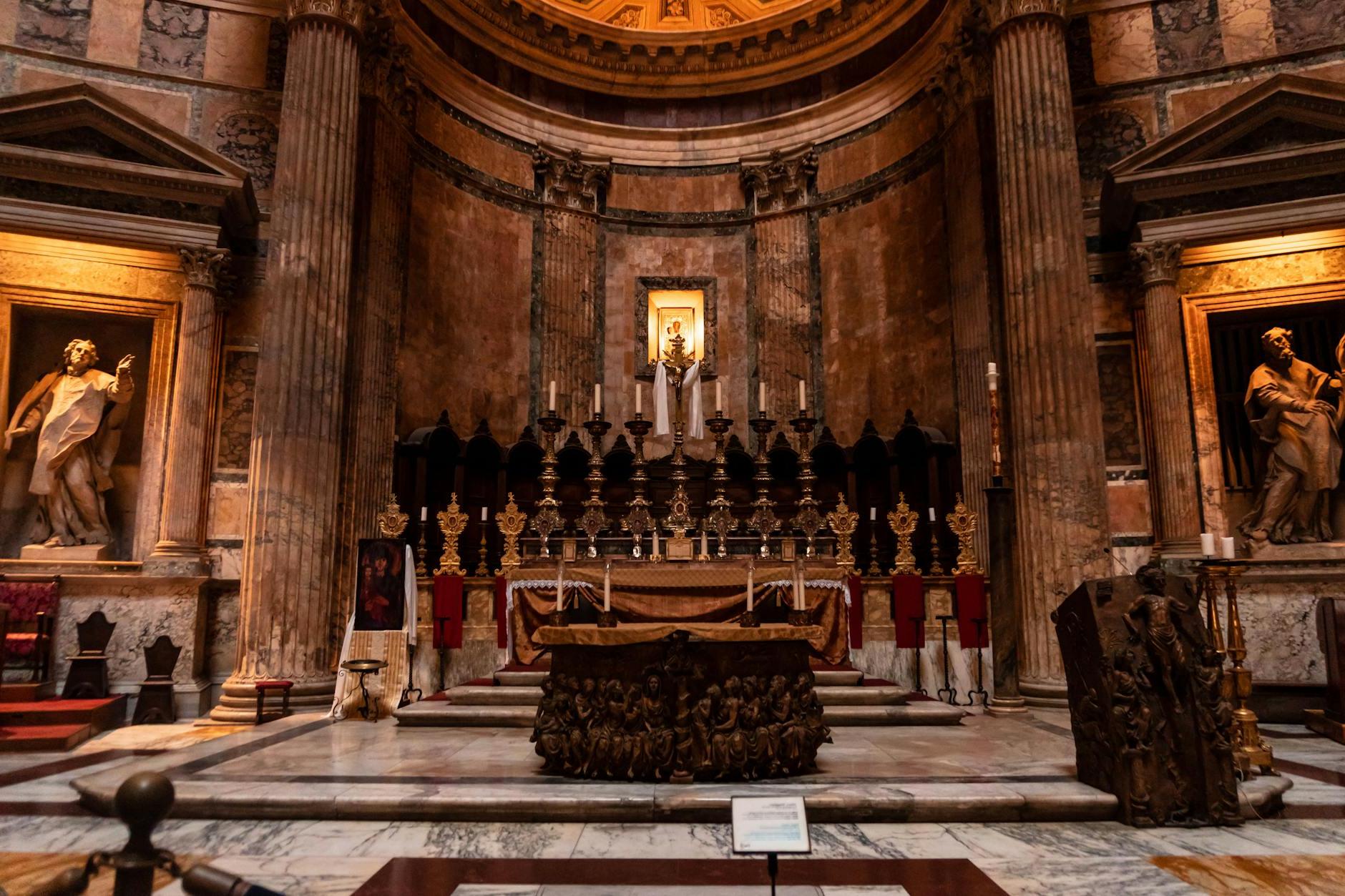
When you’re wandering through the enchanting streets of Seville, a visit to the Catedral de Sevilla is a must. This architectural masterpiece isn’t just any cathedral; it’s a UNESCO World Heritage Site and holds the title of the largest Gothic cathedral in the world. Imagine stepping inside and being surrounded by centuries of history, incredible art, and a sense of peace that’s hard to find elsewhere. To get there, it’s pretty straightforward. The cathedral is located in the heart of Seville, easily reachable by foot from most central locations, or by bus or tram if you’re coming from a bit further away. Look for bus lines 1, C3, C4, or the tramline T1, and you’ll find yourself there in no time. Once inside, don’t miss the awe-inspiring tomb of Christopher Columbus and the breathtaking Giralda Tower, an iconic symbol of the city. Climbing the tower rewards you with stunning views of Seville, a sight you’ll remember forever. Visiting the Catedral de Sevilla isn’t just about seeing a landmark; it’s about experiencing the soul of Seville.
2. Real Alcázar de Sevilla
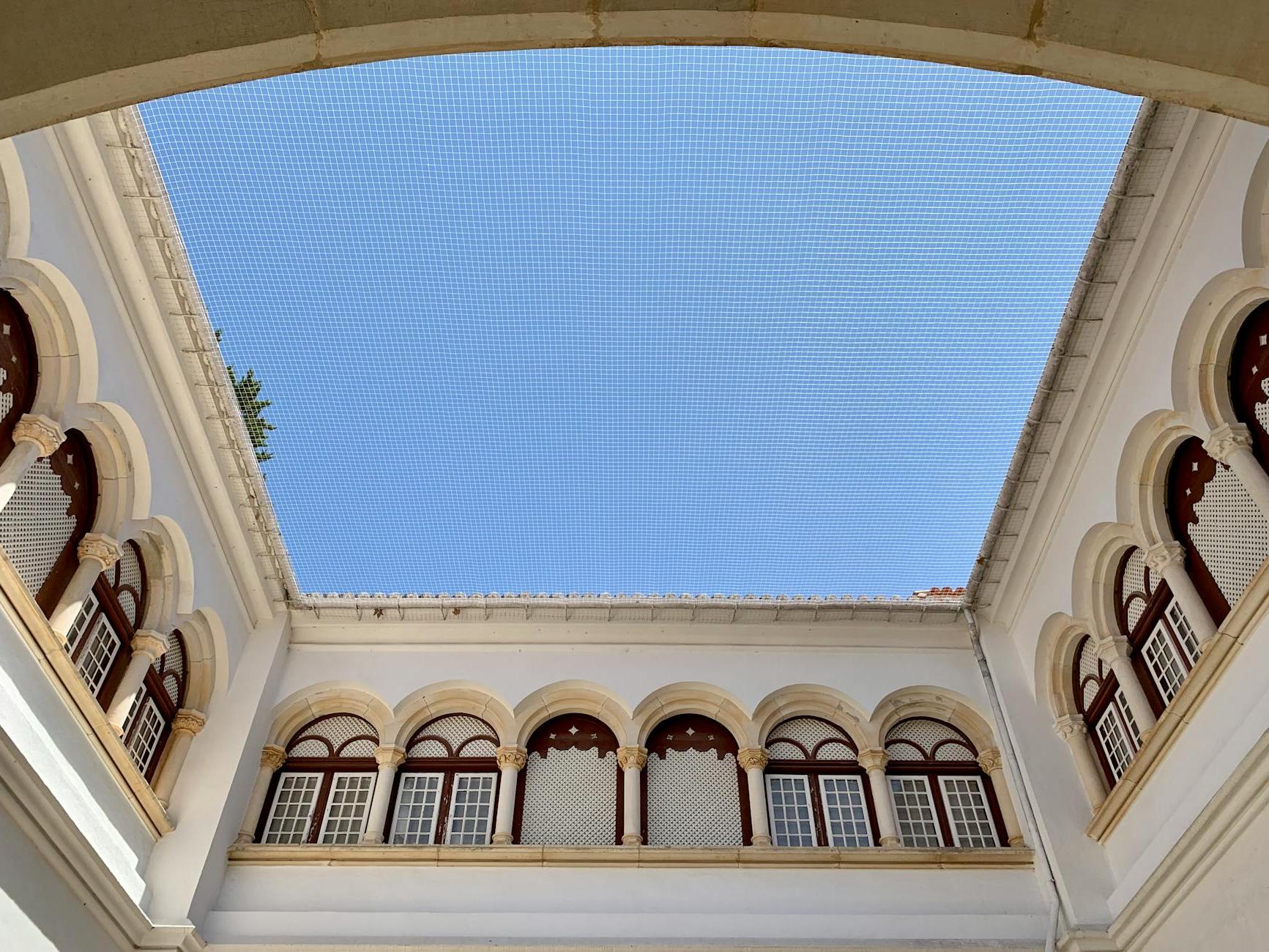
If you find yourself in Seville, the Real Alcázar de Sevilla should be at the top of your must-visit list. This stunning royal palace is a masterpiece of Mudéjar architecture, showcasing the stunning craftsmanship and intricate designs that have been preserved for centuries. The Alcázar isn’t just a feast for the eyes; it’s a journey through Spain’s rich history, with each room and garden telling a story from a different era. To get there, navigating Seville’s charming streets is easy. The Alcázar is located right in the heart of the city, next to the famous Seville Cathedral. You can easily walk there from most parts of the city center, or take a bus or tram to the nearby stops. Pay special attention to the exquisite tile work, the serene gardens that offer a tranquil escape from the city, and the incredible ceiling in the Hall of Ambassadors. Remember to book your tickets in advance, especially during peak tourist season, to avoid long waits and ensure your spot in exploring this breathtaking palace.
1. Plaza de España
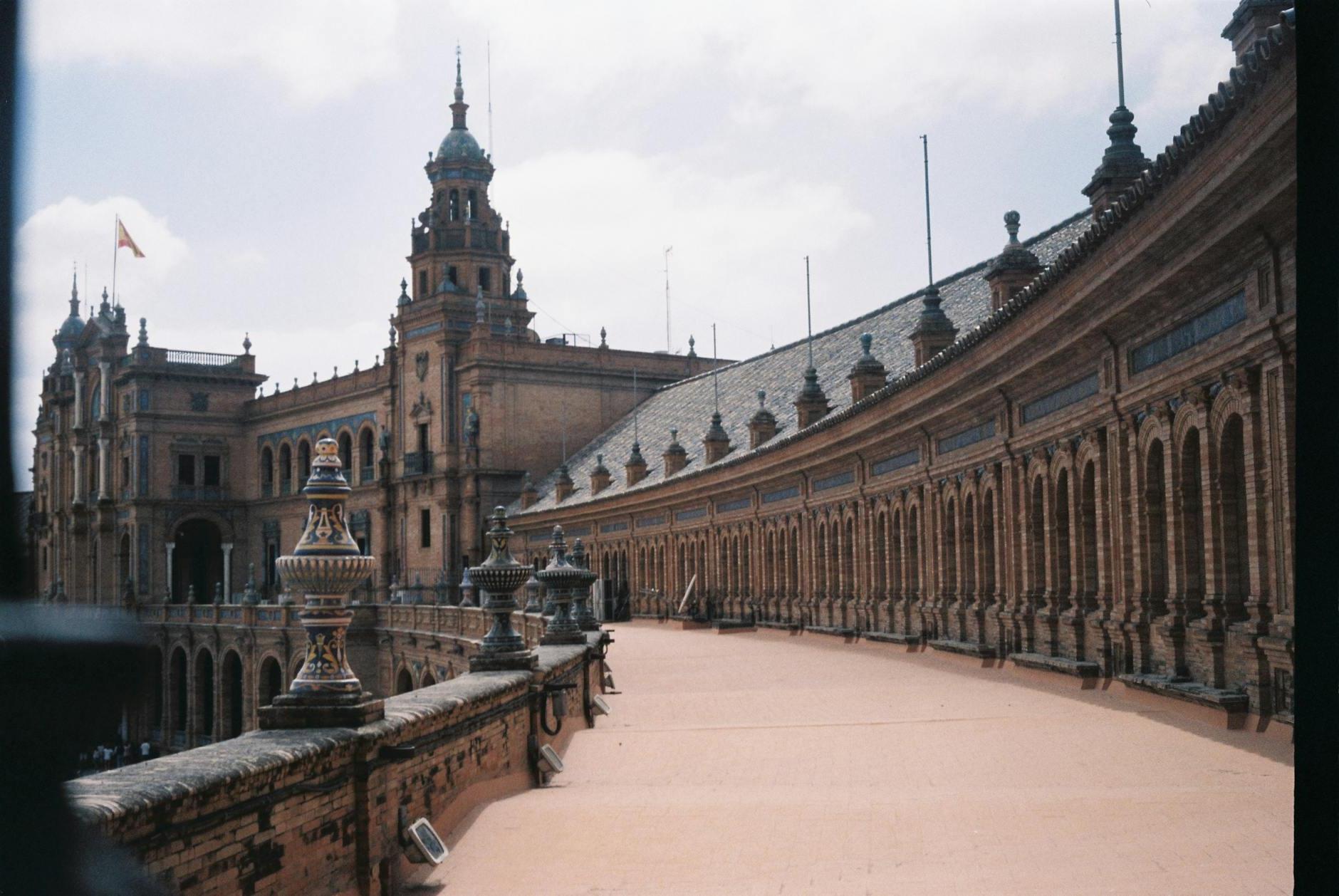
When visiting Seville, Plaza de España should definitely be on your must-see list. This stunning square, known for its magnificent architecture and sprawling beauty, captures the heart of Andalusian charm. Getting there is easy; you can either walk from the city center, enjoying the scenic streets of Seville, or take a bus or tram to the Prado de San Sebastián station, which is just a short walk away. Keep your eyes peeled for the intricate tile work that adorns the bridges and the alcoves along the plaza, each representing a different province of Spain. Don’t miss the opportunity to rent a rowboat and glide along the canal for a unique view of the plaza. Whether you’re soaking up the vibrant atmosphere, marveling at the detailed architecture, or enjoying a peaceful moment by the water, Plaza de España is a breathtaking spot that encapsulates the spirit of Spain.
Frequently Asked Questions
1. What is the best time of the year to visit Seville?
The best time of the year to visit Seville is during the spring months, specifically from March to May. During these months, the weather is wonderfully mild, and the city bursts into bloom, making it the perfect backdrop for exploring Seville’s stunning architecture and lively streets. This period also coincides with some of Seville’s most famous festivals, such as Semana Santa and Feria de Abril, offering you a vibrant glimpse into local culture and traditions. If you’re looking for a more budget-friendly option or want to avoid the crowds, consider visiting during the fall, from September to November. Although the festivals might be fewer, the weather remains pleasant, and you’ll find that accommodations and flights may be more economical.
2. Should I rent a car in Seville?
Deciding whether to rent a car in Seville largely depends on your travel plans within and outside the city. The narrow, winding roads in this historic city can be challenging for drivers not used to them, and traffic can get pretty congested, especially during peak hours. Parking is another aspect to consider, as spaces are limited and can be expensive, particularly in the city center. However, if you’re planning to explore the Andalusian countryside or nearby cities, renting a car gives you the flexibility and freedom to travel at your own pace. Within Seville, you have excellent public transport options, including buses, trams, and a metro system that are both efficient and cost-effective. Taxis and ride-hailing services are also readily available, offering a convenient way to get around. So, if your visit is focused on enjoying the heart of Seville and nearby reachable sights, you might find that the combination of public transport and walking suits your needs perfectly, without the hassle of renting a car.
3. What are different ways to get to Seville?
Getting to Seville, a stunning city in southern Spain, is easy and convenient, offering a variety of travel options. If you’re flying, the nearest airport is Seville Airport (SVQ), welcoming flights from within Spain and across Europe. For travelers landing in Madrid or Barcelona, consider catching a connecting flight. Alternatively, high-speed trains like the AVE can whisk you from Madrid to Seille in about 2.5 hours, providing a speedy and scenic journey. Regular trains and long-distance buses are also available from major Spanish cities, providing a budget-friendly option. For those who prefer the flexibility of driving, well-maintained highways connect Seville with Madrid, Lisbon, and other cities; it’s about a 6-hour drive from Madrid and around 5 hours from Lisbon. Whether you choose to fly, ride, or drive, getting to Seville is straightforward, letting you focus on the excitement of exploring this vibrant city.
4. Are there things to do with children in Seville?
Absolutely, Seville is a wonderful city for children, offering a variety of kid-friendly activities that promise to keep the little ones entertained. Step into the magical realm of Isla Mágica, an exciting theme park with rides and shows themed around the age of Spanish exploration, perfect for a day of family fun. Explore the wonders of the sea at the Acuario de Sevilla, where kids can come face-to-face with colorful marine life. Don’t forget to take a stroll through the enchanting María Luisa Park. Its vast green spaces and beautiful plazas are ideal for a family picnic or a leisurely bike ride. For a unique educational experience, the Casa de la Ciencia offers interactive exhibits on science and the universe that are both fun and informative for children. Seville warmly welcomes families, ensuring that both you and your children will have a memorable visit.
5. Is Seville safe to travel to?
Seville, with its rich history and vibrant culture, is generally safe for travelers. Like any bustling city, it has its share of petty crimes, such as pickpocketing, especially in crowded tourist spots. Scams targeting tourists are not uncommon, so it’s wise to stay alert and be skeptical of unsolicited help or too-good-to-be-true offers. To keep your trip trouble-free, always follow basic safety precautions. Keep your valuables out of sight and be mindful of your surroundings, especially in tourist hubs and crowded areas. By taking these simple steps, you can enjoy all the beauty and excitement Seville has to offer with peace of mind.


